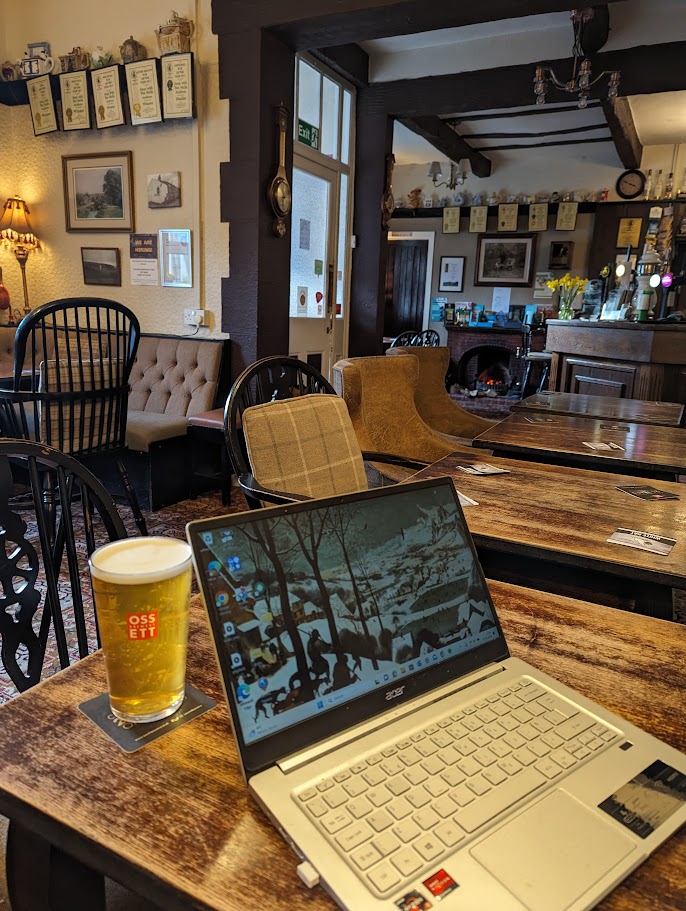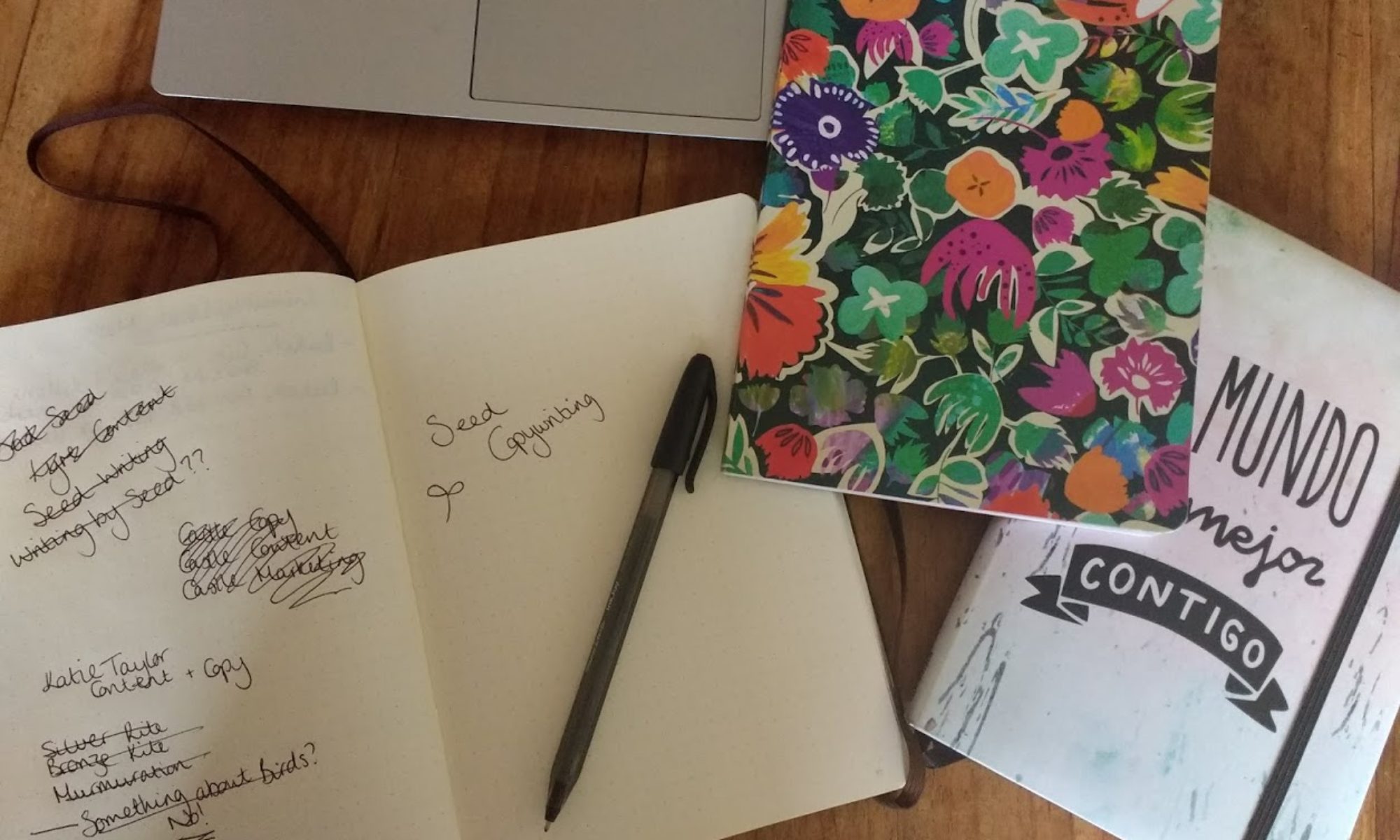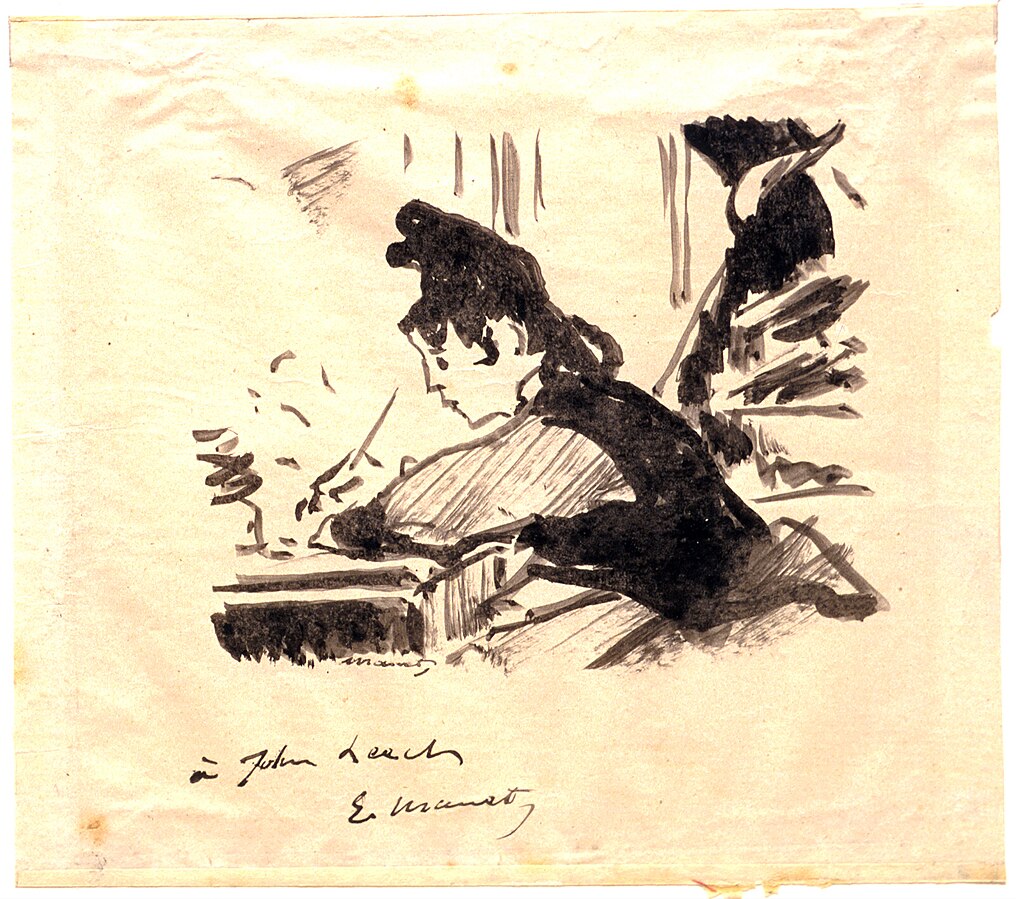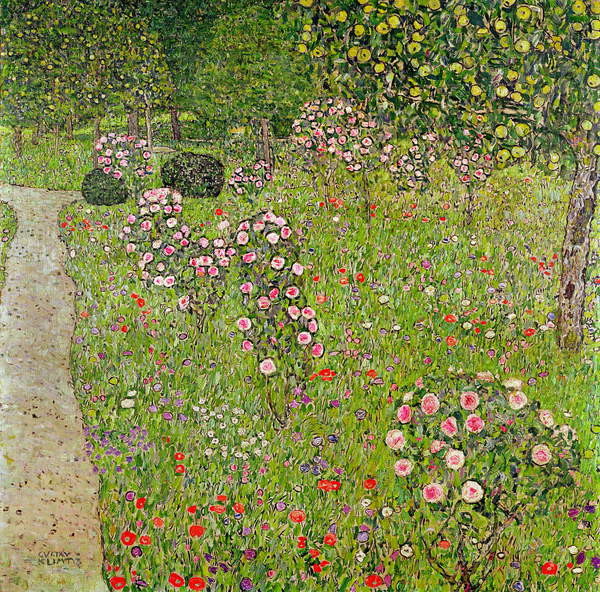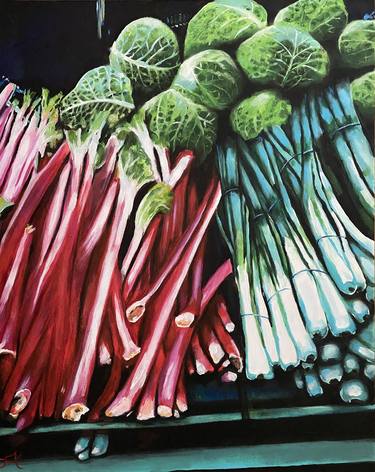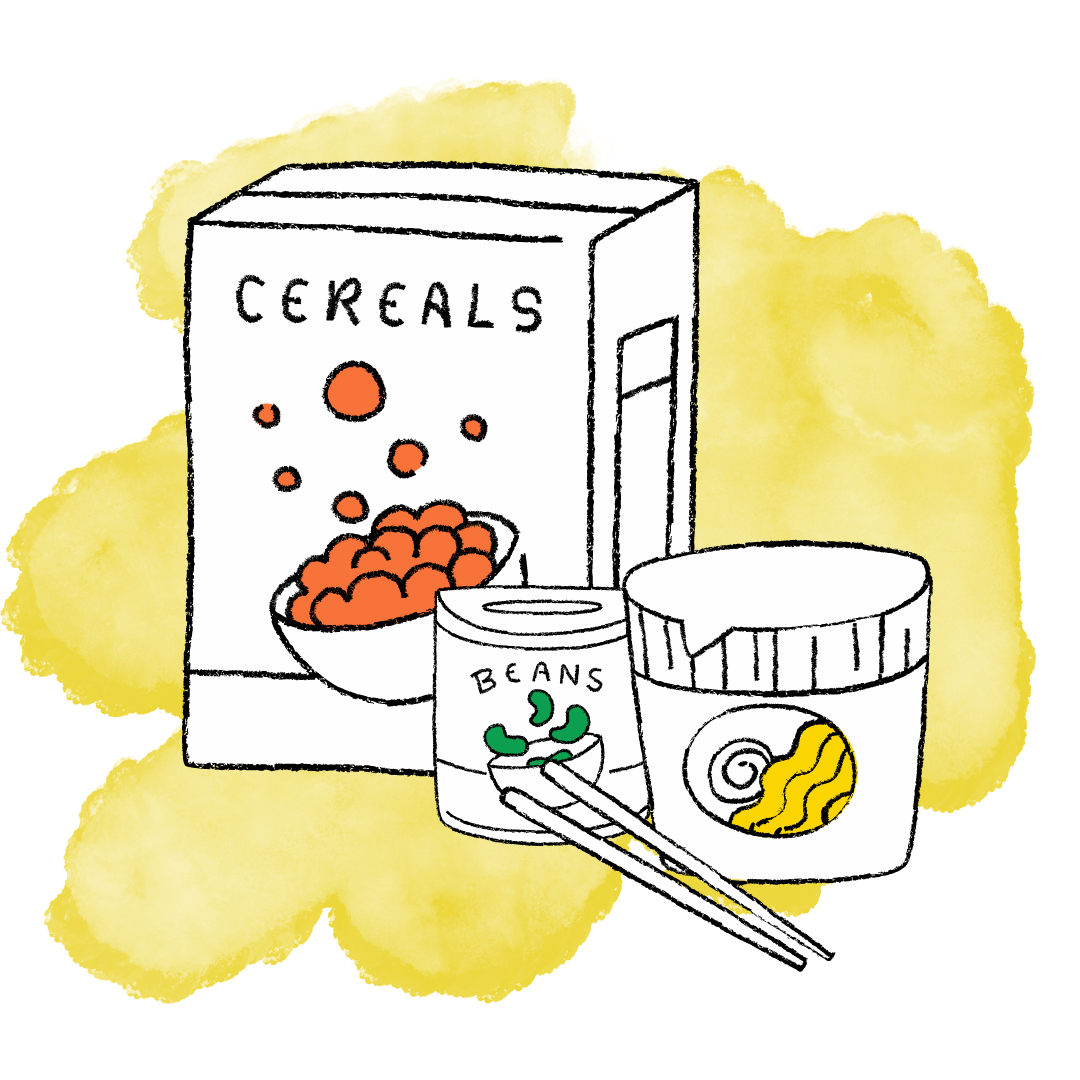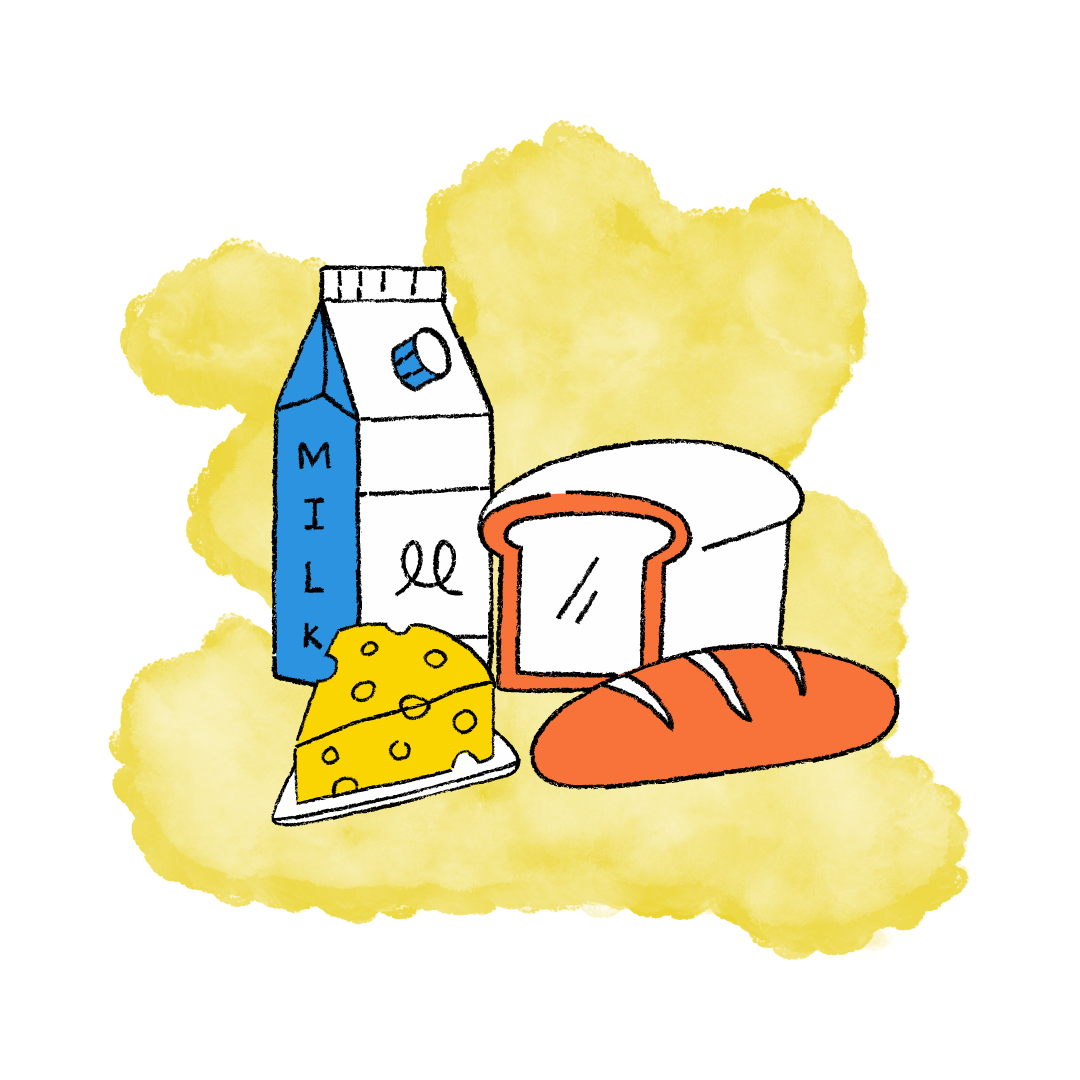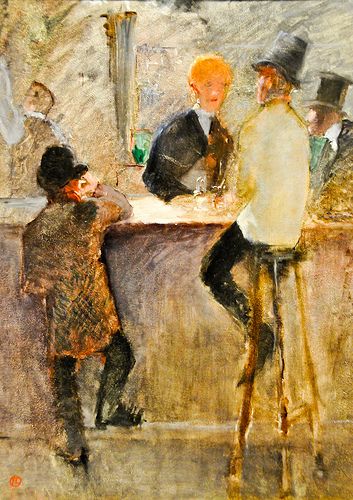Drinking, writing, and reading in the third space
As much as I’d like to think I’m a reader, the truth is I only read when I’m out of the house. I never curl up on the sofa with a good book. I only ever find the time when there’s no interference from my beloved TV, a screen that gives me all the comfort I need in the form of repeated sitcoms and police procedurals that make me feel like a genius. When I’m at home and not working, I’m exhausted, so I can’t read, and I obviously can’t read when I’m working, so that essential reading time (and it is essential to read if you’re a writer, no ifs or buts ((haha butts))) has to be carved out. I need to make space for it, and that means going out and pretending to myself that it’s part of my schedule so that I don’t get wise to my own skiving.
The places I most like to read are on the train, in the park when it’s sunny, and the pub. Which pub I choose matters. I can’t go in my local on a Friday afternoon, for example. It’s hard to pay attention to your book when people are knocking off work early and there’s smoking hot gossip hanging in the air.
I’ve been trying to plan a short pubs-and-pushbikes break for myself over the summer where I can also get a little reading and scribbling done, and honestly, it’s become a fixation. No matter where I look I can never be sure what I want. Comfy seats? Not old enough. Rural and quaint? Too isolated. What am I looking for? Does the ideal writers’ pub actually exist? I’ve been zooming in and out of Google Maps all week trying to find a place that strikes the balances I require—most of which are incredibly hypocritical.
Being back on X, I asked where I should go, and to my huge surprise, people understood immediately. Usually when I used to ask about pubs people would send lists of tap rooms and breweries, showing what they knew but not that they understood what I was looking for. This time I ended up with a wealth of amazing recommendations for places that I would never have thought of visiting. If you want to use the list for your own holiday planning, please, be my guest.
What has this experience taught me? Well, firstly it shows quite clearly that I need to get out more. I’m stuck in a loop of expectations based on what I’m used to, and this insular thinking has unintentionally left me stuck in my ways and reluctant to travel. In other words, I’m becoming a hermit. The second revelation was that in the right circumstances, the internet can still be a useful conduit for conversation and research. I asked a question, people with genuine passion told me all about their favourite pubs and walks, which I can now go and do myself. Total strangers are helping me plan a trip that I’ll remember forever. Wholesome.
Other Stuff
Mat Oxley on refusing to write what the PRs want, and the problems he has to face as a journalist when publishing work about big names in MotoGP. Even if you’re not a motorcycle fan, I recommend this read. As an editor I particularly liked this part: “If an editor says he or she wants 500 words, you write 500 words, not 499 or 501. Magazine writing has to be tight, with quotes edited for clarity and brevity. I’ve been doing this for more than forty years, so I think I have the general idea.”
Learn how to say “gagootz” and how to cook it—along with many other Staten Island essentials—in this useful article from SI Live
Ways to react to a glass smashing in a pub that aren’t “whey”, by David Bailey
It’s something I go on about a lot, but here’s a slightly different perspective: who loses out when a mall McDonalds’ closes down? Written by Karon Liu for the Toronto Star, but super relevant. If you have to, do a tiny bit of imaginative reading (ie. change the word mall to shopping centre in your head)
